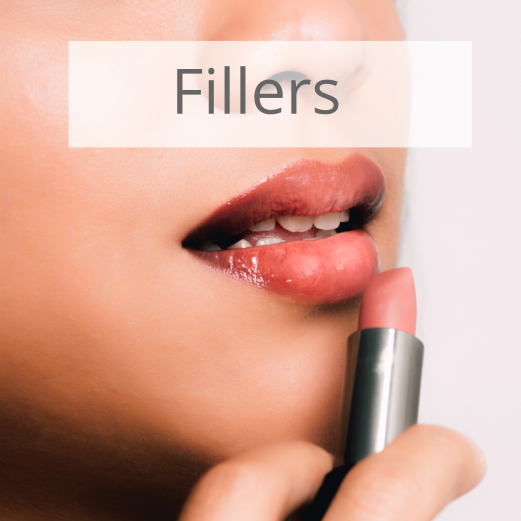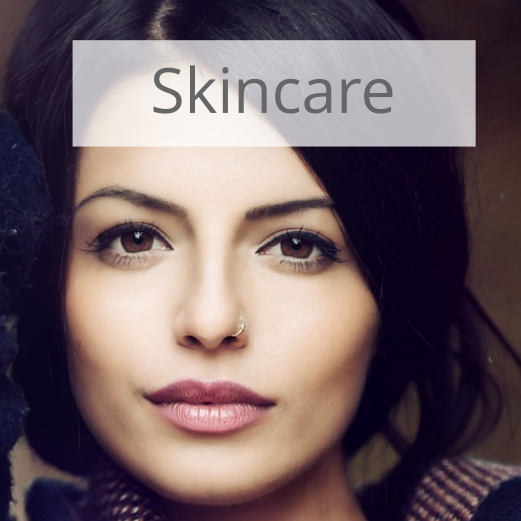Anti-wrinkle – Forehead Lines
These are the horizontal lines that often develop across the forehead when the brows are lifted.
Because the forehead muscles are the only muscles in the upper face that lift the brows, it is extremely important to ensure that this area is not overtreated as this may drop the brows and create a tired and heavy look.
In some people, it is recommended to first treat the frown as doing this blocks the muscles that pull the brows downwards so that there is balancing of the muscles that lift the brows with those that drop the brows.
Although the actual injections of this area are very easy to perform, it can sometimes be a tricky area to treat as the forehead muscle can, at times, be very strong- especially as people age.
In some people, once one part of this muscle is treated, other areas become more active and may need a touch-up treatment. This becomes much more common in the 40’s as at this time the forehead bone has often lost some of it’s volume, resulting in the muscles having to work harder to keep the brows elevated and the eyes open.
Because treating this area involves carefully balancing how the elevator muscles are working together with the depressor muscles, an experienced injector will often undertreat this area to ensure that the client doesn’t look tired.
In this situation, the treatment may wear off a little earlier than the frown treatment and the 2 areas may need retreating at different times. If this is the case, the doses in the frown area may be appropriately reduced to avoid having to attend the clinic too often.
It is fairly common in females over 45 years old, to get better results when Fillers are used initially to replace lost volume, and then anti wrinkle treatments are used to reduce excessive muscle activity.
When this is done, the dose of the muscle relaxant treatment is far lower as replacing the volume actually means the forehead skin is lifted, thereby reducing how much the muscles have to work.
In people who have significant loose, heavy skin in the upper eyelid, a good result may be difficult to achieve as any reduction in the forehead movement creates too much lid heaviness. Sometimes in this situation, the client may do better with eyelid surgery to reduce the heavy, sagging skin so that the forehead muscle doesn’t have to work so hard at keeping the eyelids open.



